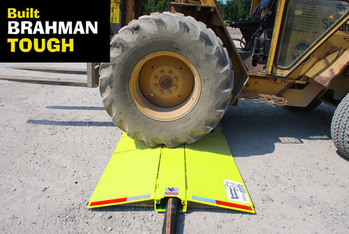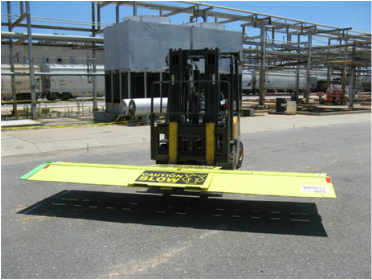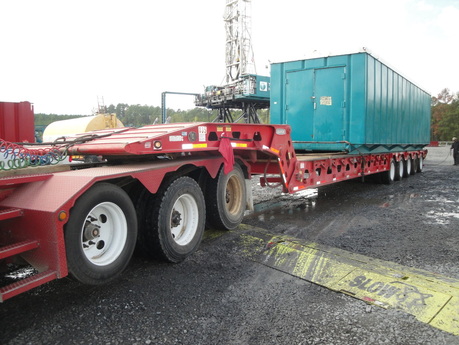
Using industry standard electrical cord covers is imperative for the safety of people, machines, and equipment. This is true whether the electrical cords will be used in commercial or residential settings. Electrical cords can carry tremendously large amounts of voltage from sockets to equipment. Unless the wires inside those cords are properly shielded from people and the elements, the potential for short-circuits, damage to equipment and appliances, serious injury or fatalities is very high. This is true whether the electrical cords are being used indoor or outdoor.
Ever since electricity first came into use in the mid to late 19th century, covering the electrical wires that carry the electrical loads has been essential. Whether the cords are used in mobile tools, machinery, portable devices, or appliances, they required some sort of sheath to protect the people, power source, and the devices. In the early days, Gutta-percha insulation, jute, waxed paper, plain cloth, asphalt saturated cloth, and finally vulcanized rubber was used. By World War II, a wide variety of new polyethylene and synthetic rubber covers were used to cover and insulate cords carrying electricity.
Today there are strict industry standards for the covers used to protect electrical cords. In the U.S., the Department of Defense has set the standard to which power supply cords must conform. The requirements include UL Standards 817 and 62. The need to protect workers from the hazards of using electricity has lead the Occupational Safety and Health Administration (OSHA) to set general industry standards that include a definition of what is acceptable electrical cord covers. Those standards are created to protect against explosions, fires, electrical shock, and electrocution.
While the electrical cord covers from the early years function exactly the same as the ones used today do, the way they look, what they are made from, and the level of convenience they offer have all improved dramatically. In the old days it wasn't unusual to find electrical cords that were covered with rayon or silk. Today the industry standard for electrical cord covers is plastic, aluminum and rubber. While these materials can protect electrical wiring for the most part, they aren't has strong as steel. The durability and versatility of the materials used for electrical cord covers is what makes them more effective than the materials used in yesteryear. But luckily today, Brahman Systems has revolutionized this industry with their patented cable and hose protectors. Made from an all-steel design, these protectors can withstand up to 65 tons of pressure!
The new industry standard electrical cord covers are designed to protect the wiring inside from cold, moisture, wear and tear, and more. They have enabled people to employ a seemingly endless array of commercial and residential uses. Nowadays electrical cords can be deployed almost anywhere because the improved protection electrical cord covers provide. However, it's important to make sure the electrical cord covers aren't damaged. With Brahman products, you don't have to worry about that!
Ever since electricity first came into use in the mid to late 19th century, covering the electrical wires that carry the electrical loads has been essential. Whether the cords are used in mobile tools, machinery, portable devices, or appliances, they required some sort of sheath to protect the people, power source, and the devices. In the early days, Gutta-percha insulation, jute, waxed paper, plain cloth, asphalt saturated cloth, and finally vulcanized rubber was used. By World War II, a wide variety of new polyethylene and synthetic rubber covers were used to cover and insulate cords carrying electricity.
Today there are strict industry standards for the covers used to protect electrical cords. In the U.S., the Department of Defense has set the standard to which power supply cords must conform. The requirements include UL Standards 817 and 62. The need to protect workers from the hazards of using electricity has lead the Occupational Safety and Health Administration (OSHA) to set general industry standards that include a definition of what is acceptable electrical cord covers. Those standards are created to protect against explosions, fires, electrical shock, and electrocution.
While the electrical cord covers from the early years function exactly the same as the ones used today do, the way they look, what they are made from, and the level of convenience they offer have all improved dramatically. In the old days it wasn't unusual to find electrical cords that were covered with rayon or silk. Today the industry standard for electrical cord covers is plastic, aluminum and rubber. While these materials can protect electrical wiring for the most part, they aren't has strong as steel. The durability and versatility of the materials used for electrical cord covers is what makes them more effective than the materials used in yesteryear. But luckily today, Brahman Systems has revolutionized this industry with their patented cable and hose protectors. Made from an all-steel design, these protectors can withstand up to 65 tons of pressure!
The new industry standard electrical cord covers are designed to protect the wiring inside from cold, moisture, wear and tear, and more. They have enabled people to employ a seemingly endless array of commercial and residential uses. Nowadays electrical cords can be deployed almost anywhere because the improved protection electrical cord covers provide. However, it's important to make sure the electrical cord covers aren't damaged. With Brahman products, you don't have to worry about that!


 RSS Feed
RSS Feed
